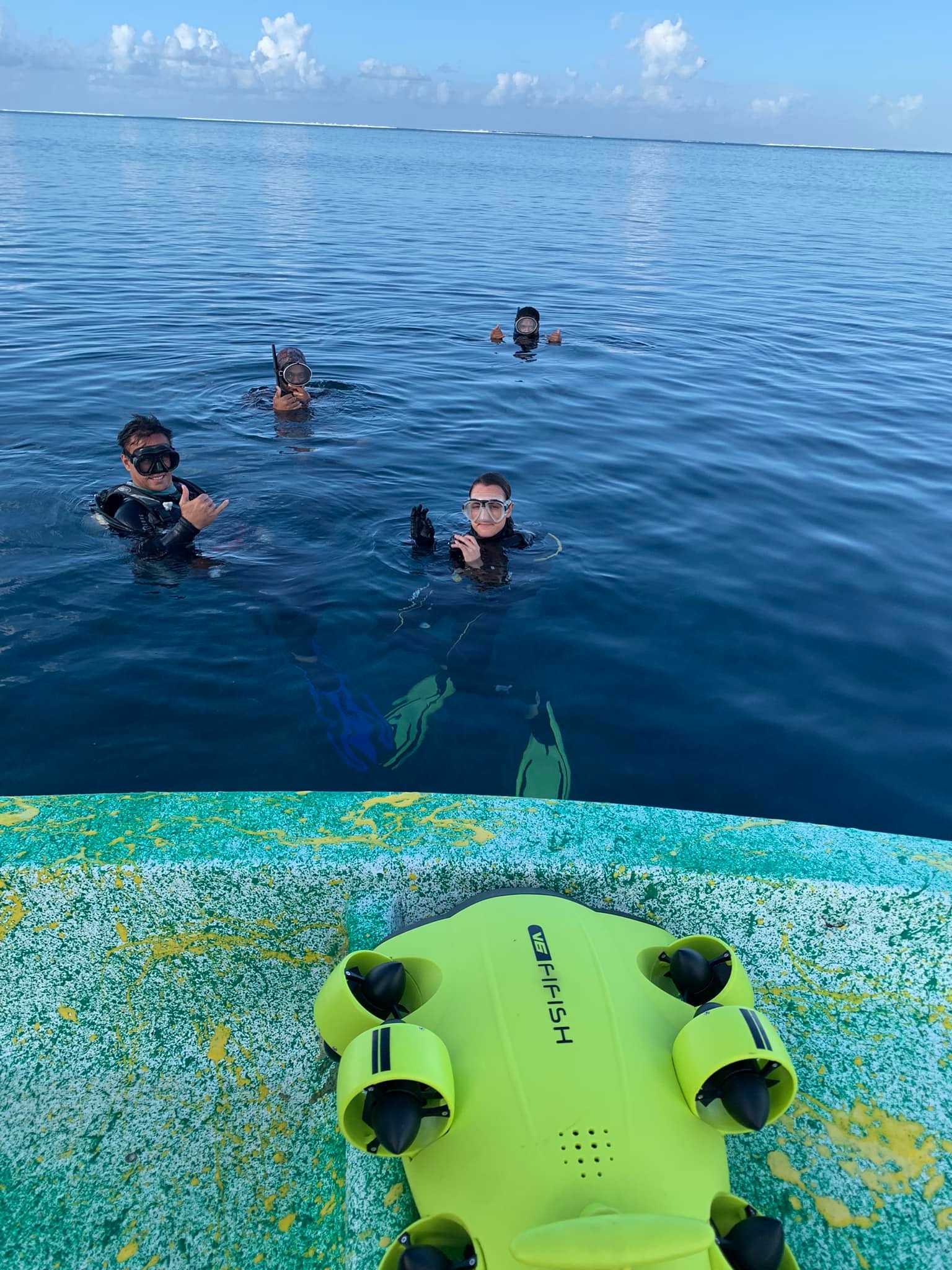

Holothurian stock assessments have been carried out elsewhere in the world, but the target species, depths and logistical requirements were different. In our case, it was imperative to rework the initial protocol so that it was more adapted to the field, more realistic and more efficient.
-
Master the specific characteristics of the study site (depth, exposure, etc.).
-
Master the characteristics of different data collection methods.
-
Adapt the protocol to field conditions and scientific needs.
-
Draw up an "Advantages and Disadvantages" table for each method.
-
Compare methods simultaneously on the same site.
-
Carry out the comparison on sites with different characteristics (geomorphological zones).
-
Choose a "control site" where the presence of holothurians has been confirmed.
-
Carry out reconnaissance dives at selected sites.
-
Test equipment.
-
Carry out simulations at sites representative of the geomorphological zones to be studied.
-
List the depth of all sites.
-
Assess all possible risks.
-
Prioritize diver safety.
-
Have a large network of professional divers.
-
Plan and anticipate.
-
Plan for make-up days in the event of postponement due to unforeseen circumstances (technical problem, bad weather, diver unavailable).